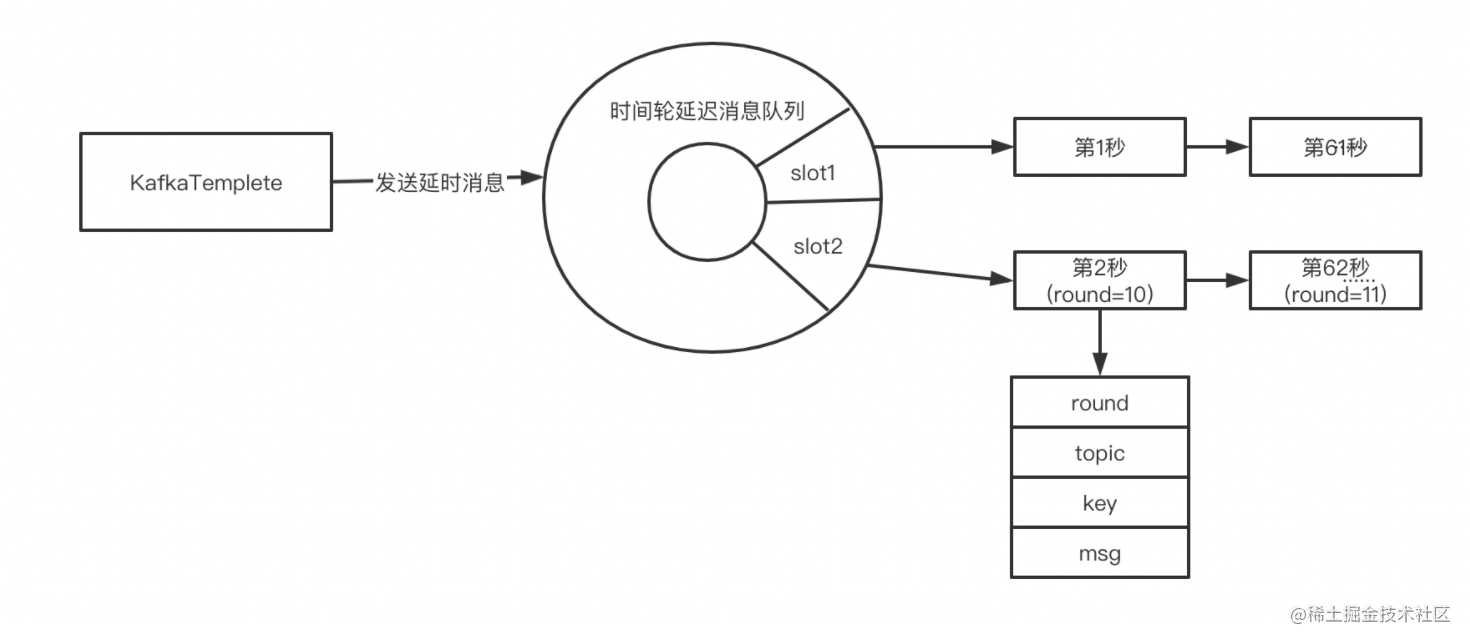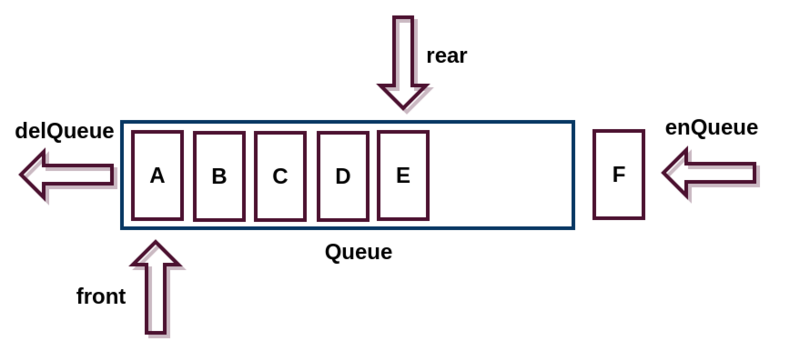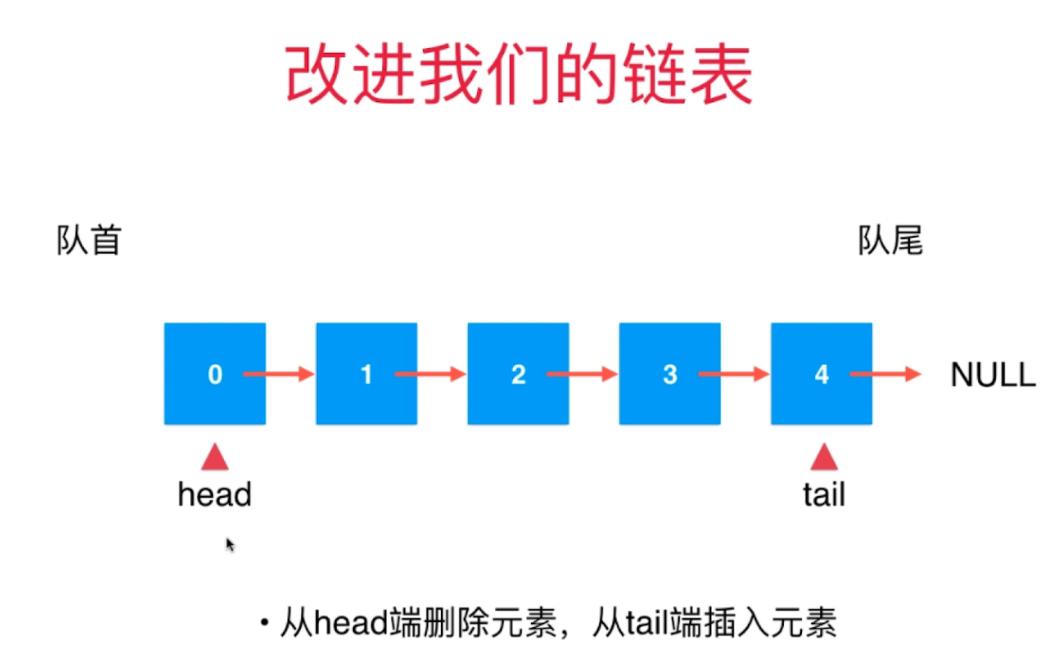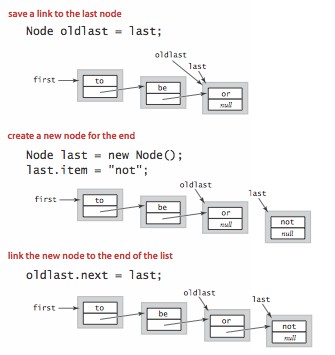Linux 内核是独立的软件,他没有使用任何 C 语言库,他自己实现了很多工具和辅助工具。
本系列文章将盘点一些内核提供的辅助工具函数。在编写驱动程序时,我们可以利用内核提供的工具函数,方便实现目标功能。
宏 container_of
这个宏定义非常出名,好多文章对齐进行了解析,并且这个宏在内核和驱动中经常见到。
该宏的作用是通过结构体成员的地址和结构体类型推导出结构体的地址。
在 linux 源码的 toolsincludelinuxkernel.h文件下,container_of()的定义如下:
#define offsetof(TYPE, MEMBER) ((size_t) &((TYPE *)0)->MEMBER)
#define container_of(ptr, type, member) ({
const typeof(((type *)0)->member) * __mptr = (ptr);
(type *)((char *)__mptr - offsetof(type, member)); })
宏的参数分别为:type 是指结构体的类型,member 是成员在结构体中的名字,ptr 是该成员在 type 结构体中的地址。
宏container_of主要用在内核的通用容器中 。
娜娜项目网每日更新创业和副业教程
网址:nanaxm.cn 点击前往娜娜项目网
站 长 微 信: nanadh666
该宏的详细介绍可以参考:
链表
链表有两种类型:
内核中实现了循环双向链表,这个结构能够实现FIFO和LIFO。如果要使用内核提供的链表操作函数,代码中需要添加头文件 。
内核中链表的实现核心部分数据结构 struct list_head 定义为:
struct list_head
{
struct list_head *next, *prev;
}
struct list_head数据结构不包含链表节点的数据区,通常是用在链表头或者嵌入到其他数据结构中。
创建和初始化链表有两种方法:动态创建和静态创建。

动态方法创建并初始化链表方法如下:
struct list_head mylist;
INIT_LIST_HEAD(&mylist);
INIT_LIST_HEAD() 展开如下:
static inline void INIT_LIST_HEAD(struct list_head *list)
{
list->next = list;
list->prev = list;
}
静态创建链表通过 LIST_HEAD 宏完成:
LIST_HEAD(mylist)
LIST_HEAD 的定义如下:
#define LIST_HEAD(name)
struct list_head name = LIST_HEAD_INIT(name)
其中LIST_HEAD_INIT 展开为:
#define LIST_HEAD_INIT(name) { &(name), &(name) }
把next和prev指针都初始化并指向自己,这样便初始化了一个带头节点的空链表。
添加节点到链表中,内核提供了几个接口函数,如list_add()是把一个节点添加到表头,list_add_tail()是插入表尾。
void list_add(struct list_head *new, struct list_head *head)
list_add_tail(struct list_head *new, struct list_head *head)
内核提供的list_add用于向链表添加新项驱动程序,它是内部函数__list_add的包装。
static inline void __list_add(struct list_head *new, struct list_head *prev,struct list_head *next)
{
next->prev = new;
new->next = next;
new->prev = prev;
prev->next = new;
}
删除节点很简单:
void list_del(struct list_head *entry);

链表遍历
使用宏 list_for_each_entry(pos, head, member) 进行链表遍历。
参数解释 head:链表的头节点;member:数据结构中链表 struct list_head 的名称;pos:用于迭代。它是一个循环游标,就像 for(i=0; i 中的 i 。
#define list_for_each_entry(pos, head, member)
for (pos = list_entry((head)->next,typeof(*pos), member);
&pos->member != (head);
pos = list_entry(pos->member.next,typeof(*pos), member))
#define list_entry(ptr, type, member) container_of(ptr, type, member)
内核的睡眠机制
内核调度器管理要运行的任务列表,这被称作运行队列。睡眠进程不再被调度,因为已将它们从运行队列中移除。除非其状态改变(唤醒),否则睡眠进程将永远不会被执行。
进程一旦进入等待状态,就可以释放处理器,一定要确保有条件或其他进程会唤醒它。Linux 内核通过提供一组函数和数据结构来简化睡眠机制的实现 。
等待队列
Linux内核提供了一个数据结构,用来记录等待执行的任务,那就是等待队列,主要用于处理被阻塞的 I/O 操作。其结构定义在 include/linux/wait.h 文件中:
struct wait_queue_entry {
unsigned int flags;
void *private;
wait_queue_func_t func;
struct list_head entry;
};
其中,entry 字段是一个链表,将进入睡眠的进程加入到这个链表中(在链表中排队)驱动程序,并进入睡眠状态。
处理等待队列也有两种方式:静态声明、动态声明,常用到的函数如下:
DECLARE_WAIT_QUEUE_HEAD(name)
wait_queue_head_t my_wait_queue;
init_waitqueue_head(&my_wait_queue);
/* 如果条件condition为真,则唤醒任务并执行。若为假,则阻塞 */
wait_event_interruptible(wq_head, condition)
void wake_up_interruptible(wait_queue_head_ts *q)
wait_event_interruptible 不会持续轮询,而只是在被调用时评估条件。如果条件为假,则进程将进入TASK_INTERRUPTIBLE 状态并从运行队列中删除。
当每次在等待队列中调用 wake_up_interruptible 时,都会重新检查条件。如果 wake_up_interruptible 运行时发现条件为真,则等待队列中的进程将被唤醒,并将其状态设置为 TASK_RUNNING。
进程按照它们进入睡眠的顺序唤醒。要唤醒在队列中等待的所有进程,应该使用 wake_up_interruptible_all。
如果调用了 wake_up 或 wake_up_interruptible,并且条件仍然是 FALSE,则什么都不会发生。如果没有调用 wake_up(或 wake_up_interuptible ),进程将永远不会被唤醒 。
工作队列
等待队列有了,Linux 内核提供了工作队列,其中的 work 结构定义如下
struct work_struct {
atomic_long_t data;
struct list_head entry;
work_func_t func;
#ifdef CONFIG_LOCKDEP
struct lockdep_map lockdep_map;
#endif
};
其中,func 为工作 work 的处理函数,其类型定义为:
typedef void (*work_func_t)(struct work_struct *work);
Linux 内核一直运行着 worker 线程,他会对工作队列中的 work 进行处理。
定义并初始化一个 work 操作如下:
struct work_struct wrk;
INIT_WORK(_work, _func)
将work 添加进内核的全局工作队列中,即让 work 参与调度
schedule_work(struct work_struct *work)
在驱动中,工作队列和等待队列可以配合使用。
定时器
Linux 内核提供了两种定时器:
下边分别进行介绍。

标准定时器
标准定时器是以 jffies 为基本单位计数。jiffy 是在 中声明的内核时间单位。
jffies 是记录着从电脑开机到现在总共的时钟中断次数。取决于系统的时钟频率,单位是 Hz,一般是一秒钟中断产生的次数,每个增量被称为一个 Tick(时钟节拍)。
内核中定时器的结构定义为,在文件 中:
struct timer_list {
struct hlist_node entry;
unsigned long expires;
void (*function)(struct timer_list *);
u32 flags;
#ifdef CONFIG_LOCKDEP
struct lockdep_map lockdep_map;
#endif
};
expires 是以 jiffies 为单位的绝对值。entry 是双向链表,function 为定时器的回调函数;flags 是可选的,被传递给回调函数。
设置定时器,提供用户定义的回调函数和标志变量值:
timer_setup(timer, callback, flags)
设置定时器的超时时间
mod_timer(struct timer_list *timer, unsigned long expires)
删除定时器:
void del_timer(struct timer_list *timer)
高精度定时器
内核 V2.6.16 引入了高精度定时器,通过配置内核 CONFIG_HIGH_RES_TIMERS 选项启用,其精度取决于平台,最高可达纳秒精度。标准定时器的精度为毫秒。
在系统上使用HRT时,要确认内核和硬件支持它。换句话说,必须用与平台相关的代码来访问硬件HRT。
若要使用高精度定时器,需要包含头文件
Linux内核源码HRT结构定义如下:

struct hrtimer {
struct timerqueue_node node;
ktime_t _softexpires;
enum hrtimer_restart (*function)(struct hrtimer *);
struct hrtimer_clock_base *base;
u8 state;
u8 is_rel;
u8 is_soft;
u8 is_hard;
};
HRT初始化操作
void hrtimer_init(struct hrtimer *timer, clockid_t which_clock, enum hrtimer_mode mode);
启动 hrtimer
void hrtimer_start(struct hrtimer *timer, ktime_t tim, const enum hrtimer_mode mode)
其中,mode 代表到期模式。对于绝对时间值,它应该是 HRTIMER_MODE_ABS,对于相对于现在的时间值,应该是HRTIMER_MODE_REL。
取消 hrtimer
int hrtimer_cancel( struct hrtimer *timer);
int hrtimer_try_to_cancel(struct hrtimer *timer)
这两个函数当定时器没被激活时都返回 0,激活时 返回1。这两个函数之间的区别是,如果定时器处于激活状态或其回调函数正在运行,则 hrtimer_try_to_cancel 会失败,返回-1,而 hrtimer_cancel 将等待回调完成。
内核内部维护着一个任务超时列表(它知道什么时候要睡眠以及睡眠多久)。
在空闲状态下,如果下一个Tick比任务列表超时中的最小超时更远,内核则使用该超时值对定时器进行编程。当定时器到期时,内核重新启用周期Tick并调用调度器,它调度与超时相关的任务 。
内核锁机制
设备驱动程序常用的锁有两种:
下面分别进行介绍。
互斥锁
互斥锁 mutex 是较常用的锁机制。他的结构在文件 include/linux/mutex.h 定义
struct mutex
{
atomic_long_t owner;
raw_spinlock_t wait_lock;
struct list_head wait_list;
...
};
wait_list 为等待互斥锁的任务链表。
娜娜项目网每日更新创业和副业教程
网址:nanaxm.cn 点击前往娜娜项目网
站 长 微 信: nanadh666

